How to Practice Self Control for Kids
How to Practice Self Control for Kids
One of the most important skills for children to develop in self control. It helps them get their bodies and minds ready to learn and take in new information. Here are 10 tips and suggestions on how to practice self control for kids.
Practice Following Directions
Let Children Wait
The ability to wait is not a trait that magically appears. Children need to practice this skill and adults need to also practice making children wait. If you are busy doing something and a child requests your attention, it is beneficial for the child to learn to wait patiently for you to finish.
Offer Cues When Teaching Self Control for Kids
Provide verbal or visual cues for how long a child may have to wait. Explain to the child that when you are done writing this note, you can play the game. Set a timer and tell the child that when the timer goes off he/she can play with a certain toy. You can use different types of prompts to scaffold learning the ability to self control.
Co-Regulate
Partner up to problem solve. If the child is having trouble completing a difficult task, offer to help to assist but do not take over. Encourage the child to remain in control even though frustrated. Teach the child self control skills when frustrations are on the rise. Try using some self calming strategies.
Practice Perseverance When Teaching Self Control
Work on something that takes a long time to finish to help develop self control in children. Try completing a large puzzle together over a weeks time, baking bread from scratch (waiting for it to rise), growing a plant or making rock candy.
Set a Good Example
Model self control. Adults get frustrated and can lose self control too. Show the child that even though you are losing your patience or annoyed you remain calm and in control.
Offer Options
Provide suggestions to the child if they are not displaying good self control. For example, suggest that he/she plays with a different toy while waiting for a toy a friend is playing with. Exercise or quiet spaces can be excellent options to reduce frustration and anger.
Be Realistic
Do not set your expectations too high. Remember the age of the child. For example, a young child may easily lose self control waiting in a long line next to a large selection of candy. Older children may have less self control following a bad day at school. Children who are expected to sit for hours without burning off any energy will be at risk for losing self control. Overwhelming, crowed or loud places may put children at risk for melting down.
Take Breaks
Provide down time. Children are expected to go all the time – school, after school activities and sometimes evening activities. Children who are over-scheduled will most likely melt down easier. Allow plenty of time for children to explore their own environments at home and with friends. This creates realistic life situations where self control is required and they will learn though practice.
Step Back When Kids Are Ready
Know when to back off. Children need to develop self control skills for themselves. Once you observe that a child is gaining control, let him/her proceed without your help.
Examples of Self Control for Kids – Activities and Games
Need more ideas? Check out these related posts:
Playing self control games can help children learn the necessary skills to self-regulate while keeping it fun! You can download a FREE handout of the self control activities for kids at the bottom of this post – 10 Fun Self Control Games to Practice Self Regulation.
A few basic kids yoga poses, practiced regularly with children, along with the breathing techniques, offer simple, effective actions that enable children to build self-regulation. Read about 5 yoga poses to help with self control.
Here are six games that were designed to help children practice: paying attention, following directions, remembering rules, and
demonstrating self-control. – Games to Practice Self Control for Kids
More Resources – Self Control for Kids
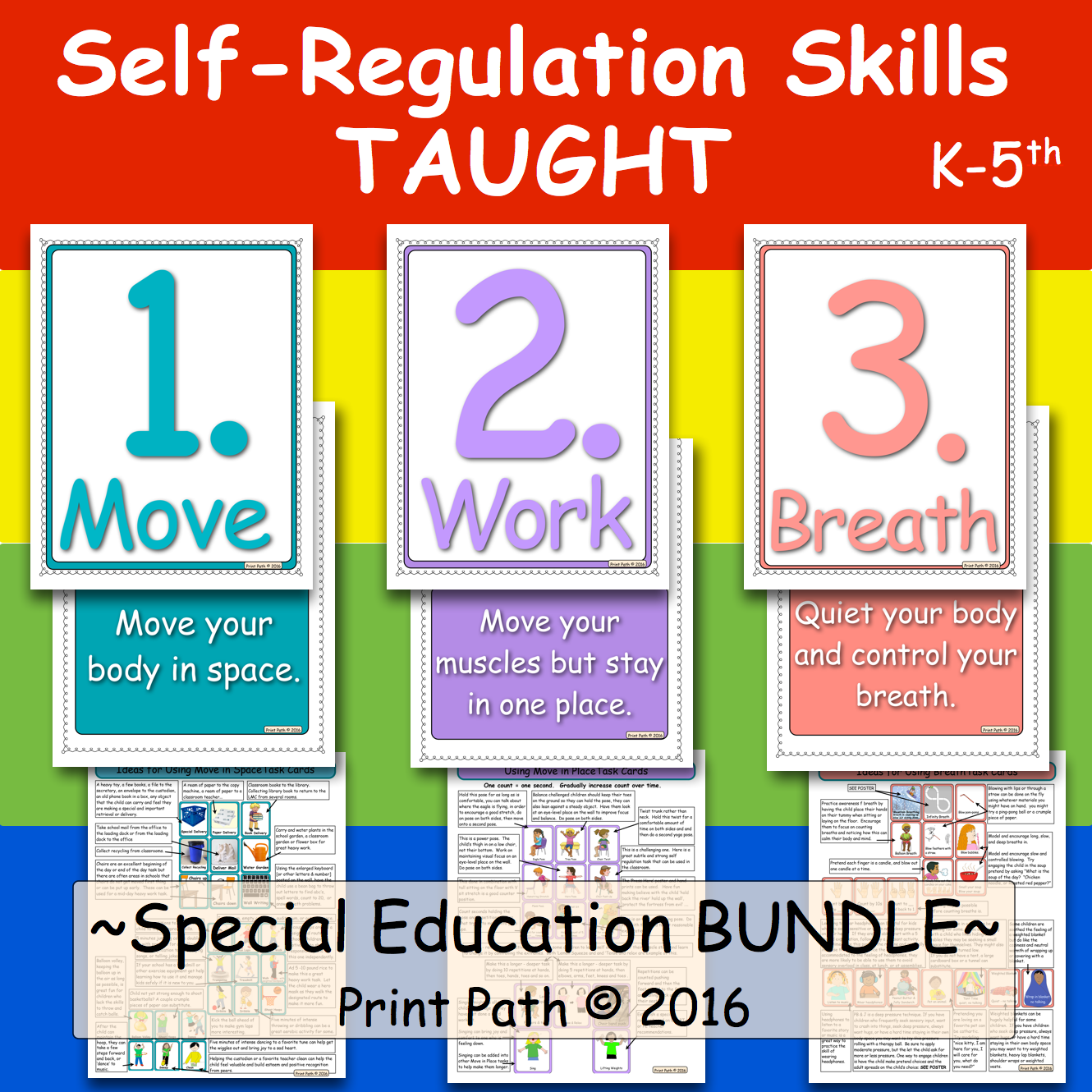
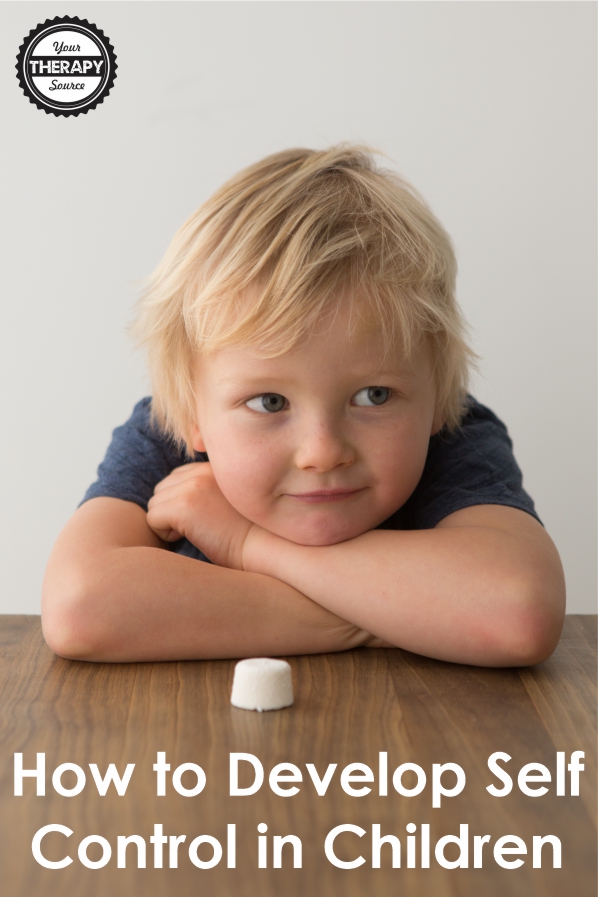

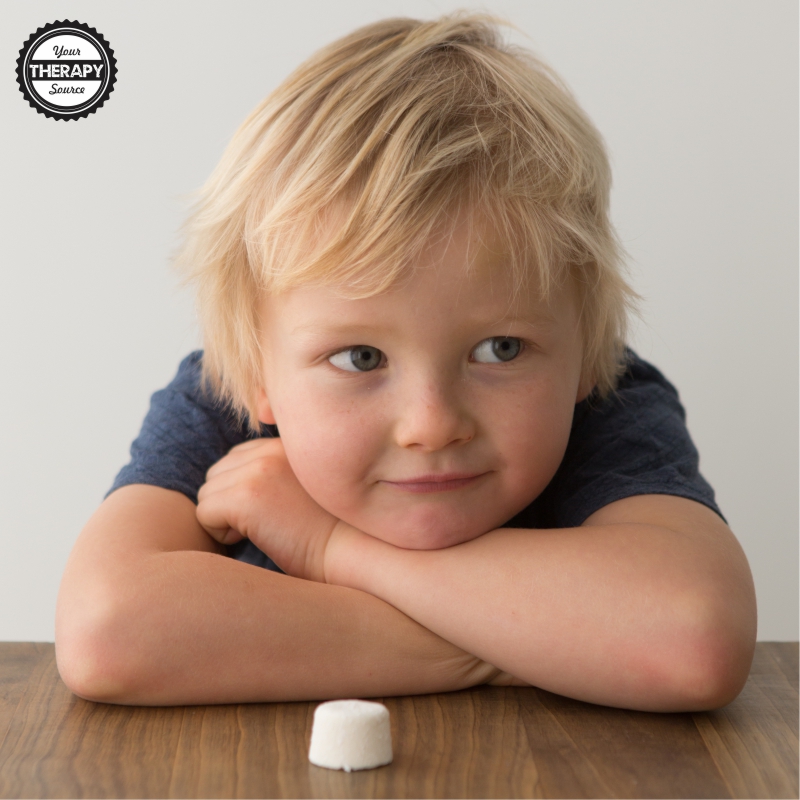
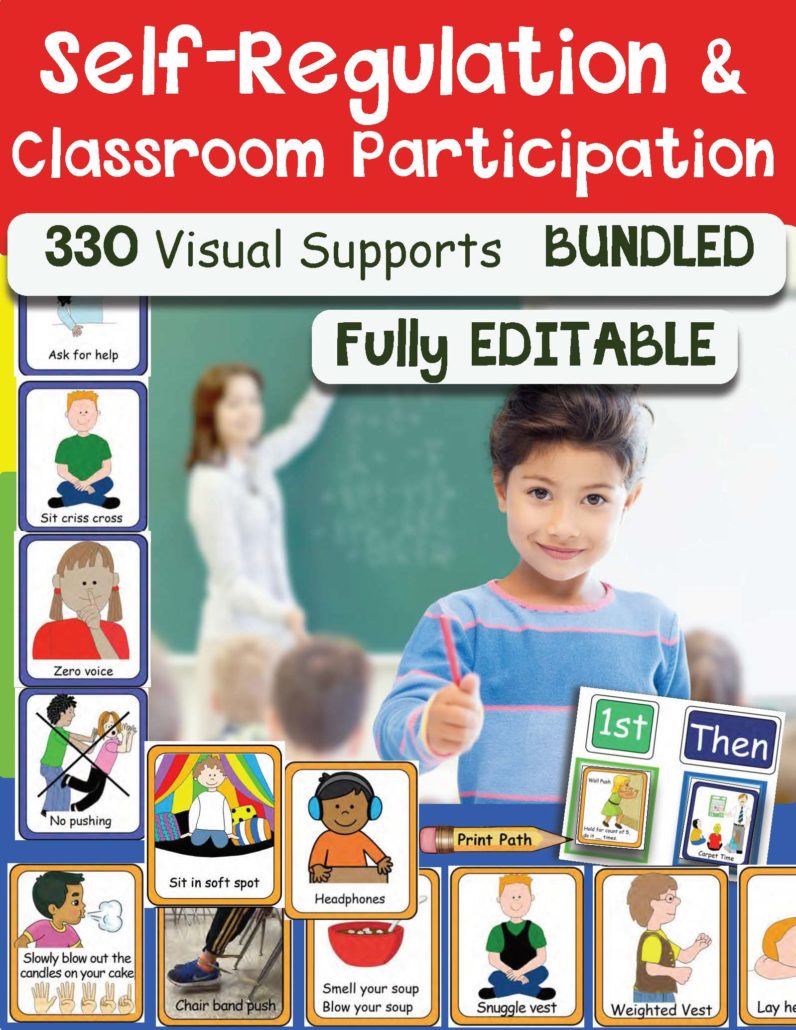
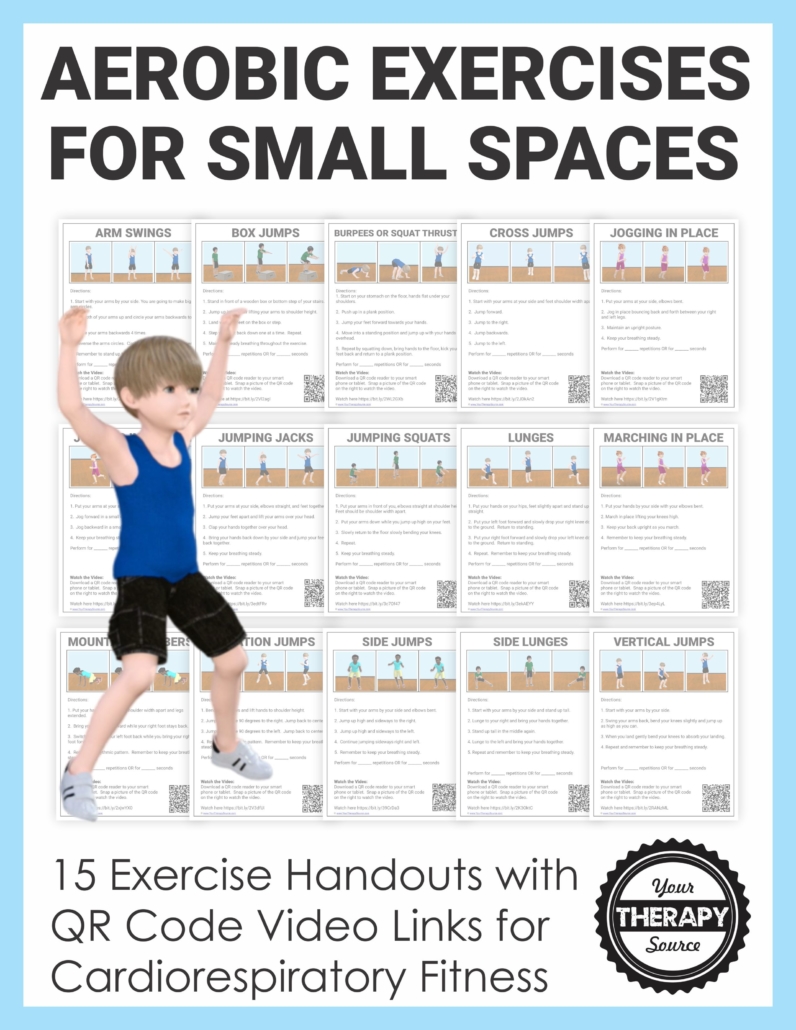


Comments are closed.